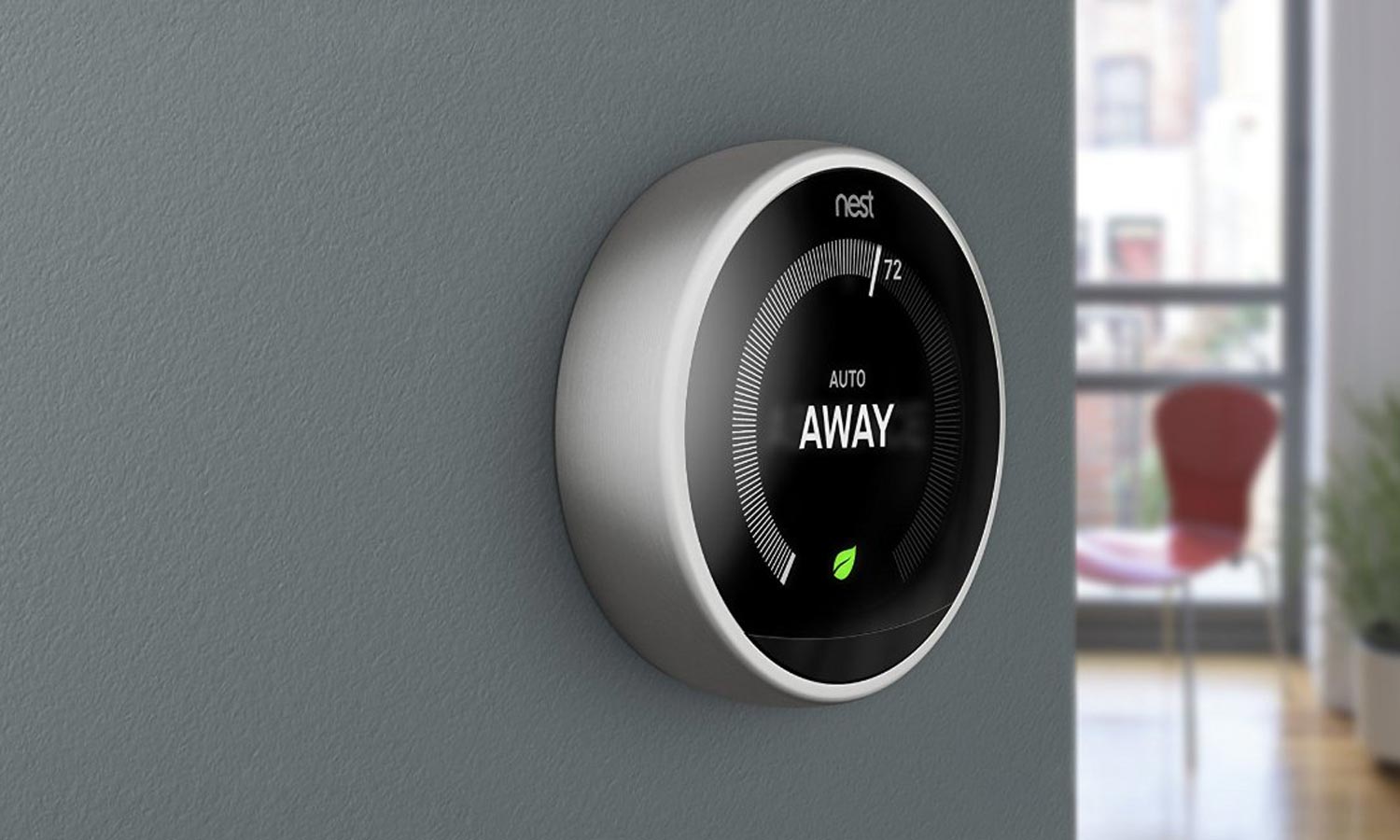Tom's Guide Verdict
The third-gen Nest Learning Thermostat sports a bigger display, comes with more temperature sensors and works well with other smart home gadgets.
Pros
- +
Large display
- +
Works with multiple smart home systems
- +
Intuitive Interface
- +
Easy to install
Cons
- -
Can't monitor temperature in multiple rooms
- -
Doesn't work with Apple HomeKit
Why you can trust Tom's Guide
Smart thermostats can keep your comfy and help you save big on energy costs, but maybe you've held off because you don't think it's worth the hassle. The 3rd Generation Nest Learning Thermostat isn't a huge leap forward from previous models — it has a larger and easier to read display, and can detect movement from farther away.
However, it's not just the hardware, but the technology behind it that makes the $249 Nest so compelling. It can learn your behavior and adjust the temperature accordingly, and Nest's new connected home platform promises even more integration with other smart home devices. Read on to see why it's well worth the investment, and on our list of the best smart thermostats.
Editor's Note: If you have a Nest Learning Thermostat that is experiencing a "w5 error" that prevents it from connecting to Wi-Fi, contact customer support, and Google will replace the unit for you.
Nest Learning Thermostat: Price and availability
The third-generation Nest Learning Thermostat has been available since 2017, and is priced at $249, though you can find discounts on occasion.
Nest has two less expensive models: The Nest E ($169), which is now only available for contractors (though you may find retail models occasionally), and the Nest Thermostat ($129), which lacks the learning capabilities of the Nest Learning Thermostat, as well as the ability to connect to remote sensors.
Nest Learning Thermostat review: Design
Size-wise, the third-generation Nest is about the same as the last version: A ring of brushed stainless-steel 3.3 inches in diameter and 1.26 inches thick. It has a wonderful, weighty feel, especially when rotating the dial. It just feels right. The Ecobee3 thermostat has a chic all-black look, but the Nest's metal ring gives it an edge in the looks department.
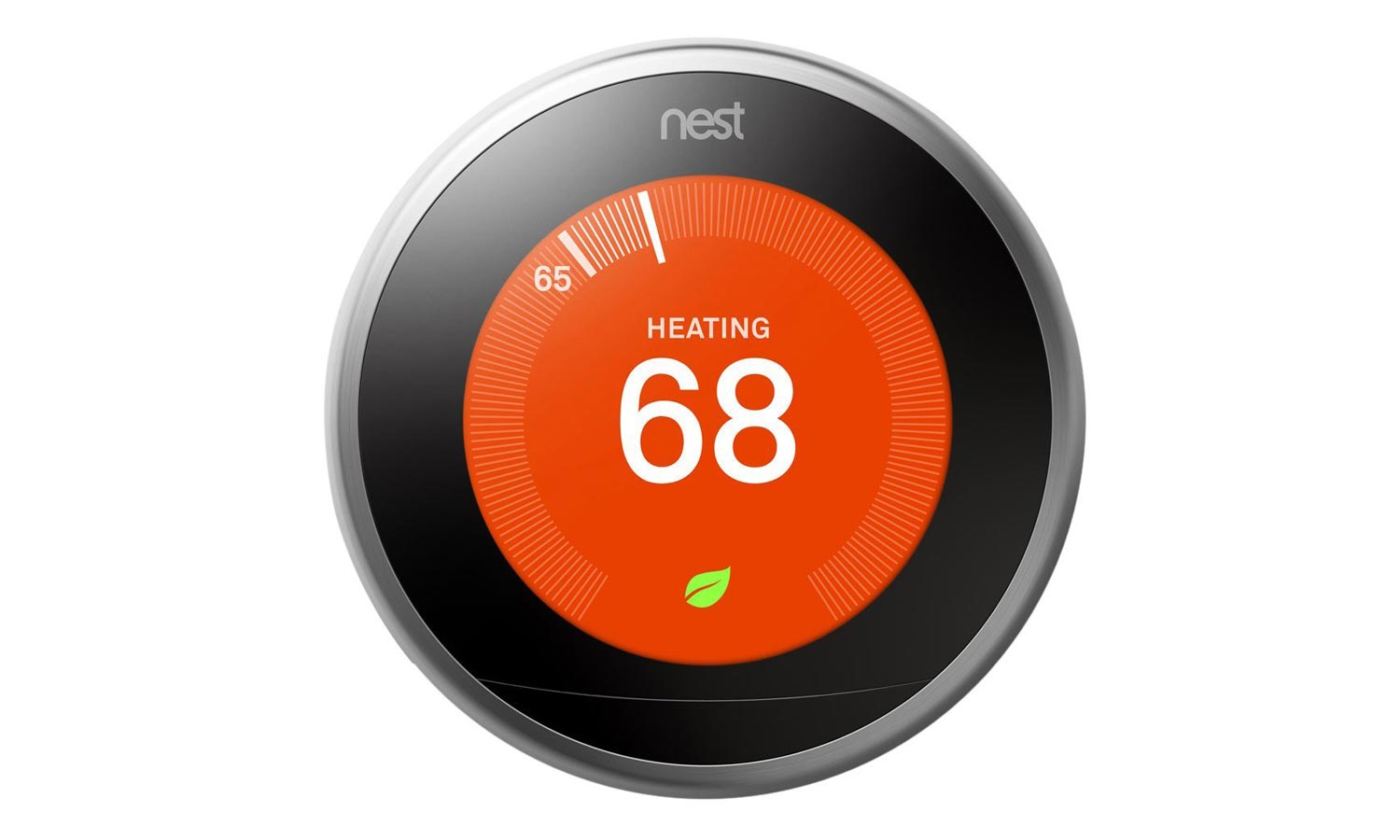
The new Nest, though, has a 40 percent larger and sharper display, measuring 3 inches in diameter and with a resolution of 480 x 480 pixels. (The second-generation Nest had a 320 x 320-pixel display.) As a result, the bezel around the display is much thinner, and the screen is much easier to see from across a room.
Nest Learning Thermostat review: Features
The third-generation Nest includes a host of new features that are being filtered down to earlier generations of the product. These include Auto-schedule, in which the Nest learns the temperatures you like and automatically programs itself, and Auto-away mode, which turns the temperature down when it senses you're not home. The Furnace Heads-Up feature will alert you if it detects irregular shutoff patterns with your furnace.
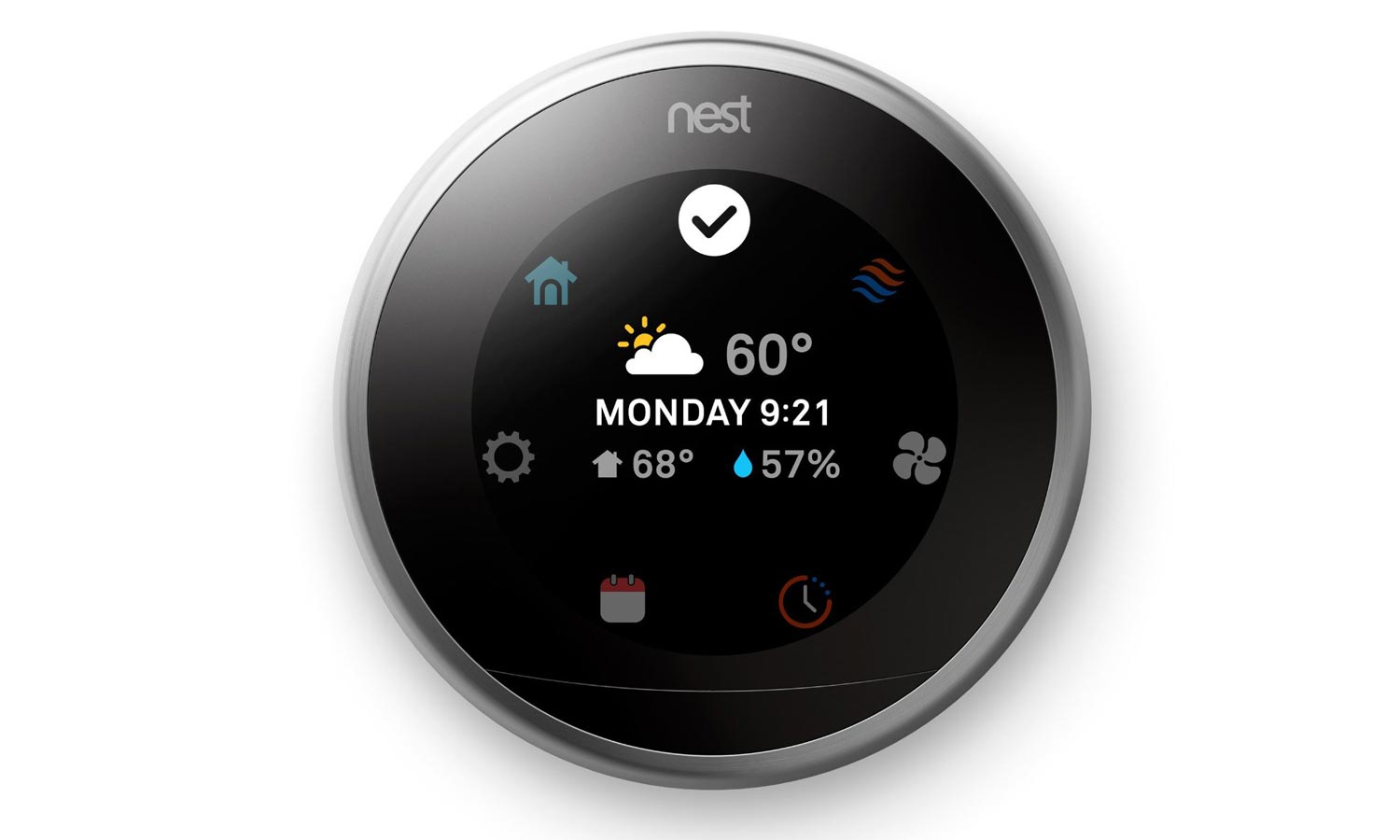
Unique to the third-generation Nest is a feature called Farsight, which can sense your presence from across the room, and light up to show you the temperature and time. You can choose between a digital or an analog face.
Nest Learning Thermostat review: Performance
As with its previous thermostats, the third-generation Nest requires you to use it for about a week or so to learn your preferences when it comes to heating and cooling your home. As the temperature during the weeks I tested the Nest were fairly moderate, the thermostat barely had to turn on at all.
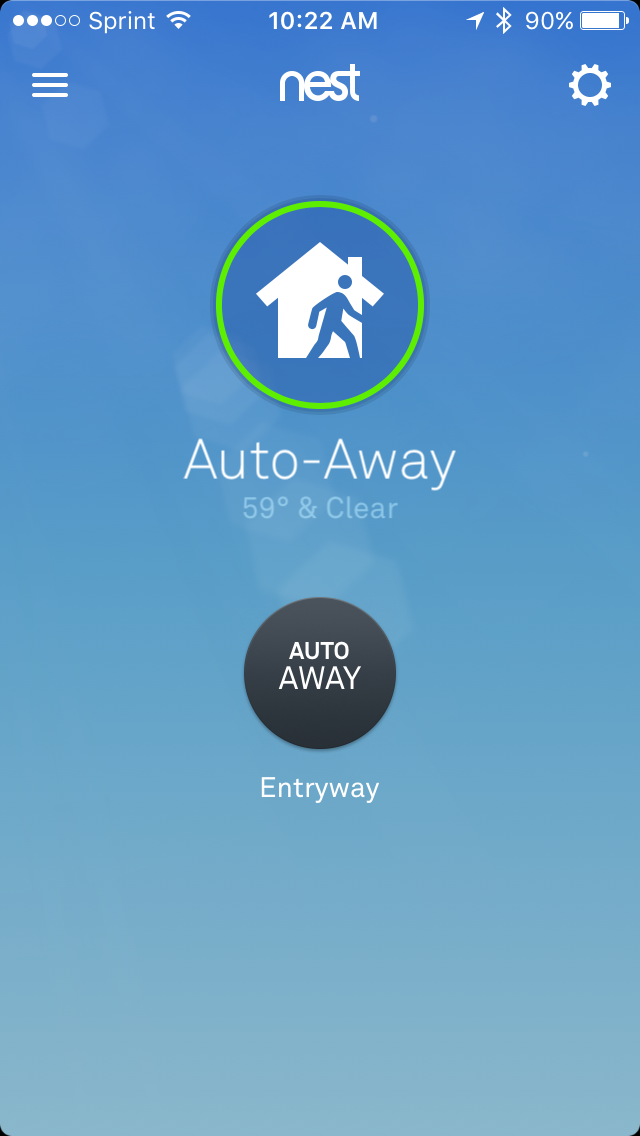
However, I was able to test the accuracy of Nest's Auto-Away mode; although the calendar view in the Nest app isn't too precise, it looks like Auto-Away began about half an hour or so after I actually left my apartment. If you want it to be more immediate, you can create a trigger using IFTTT (If-This-Then-That, a free cloud-based service), or some other connected device, such as a Jawbone Up or Misfit Shine.
The Nest thermostat works with a wide range of smart home devices.
Unlike the Ecobee SmartThermostat, which can be paired with multiple sensors in each room, the Nest covers only one area. If you purchase additional Nest thermostats, (you can have up to 20 per home) they will work in concert with each other. However, this will require thermostat wiring to be in those rooms.
Nest Learning Thermostat review: Smart Home Connectivity
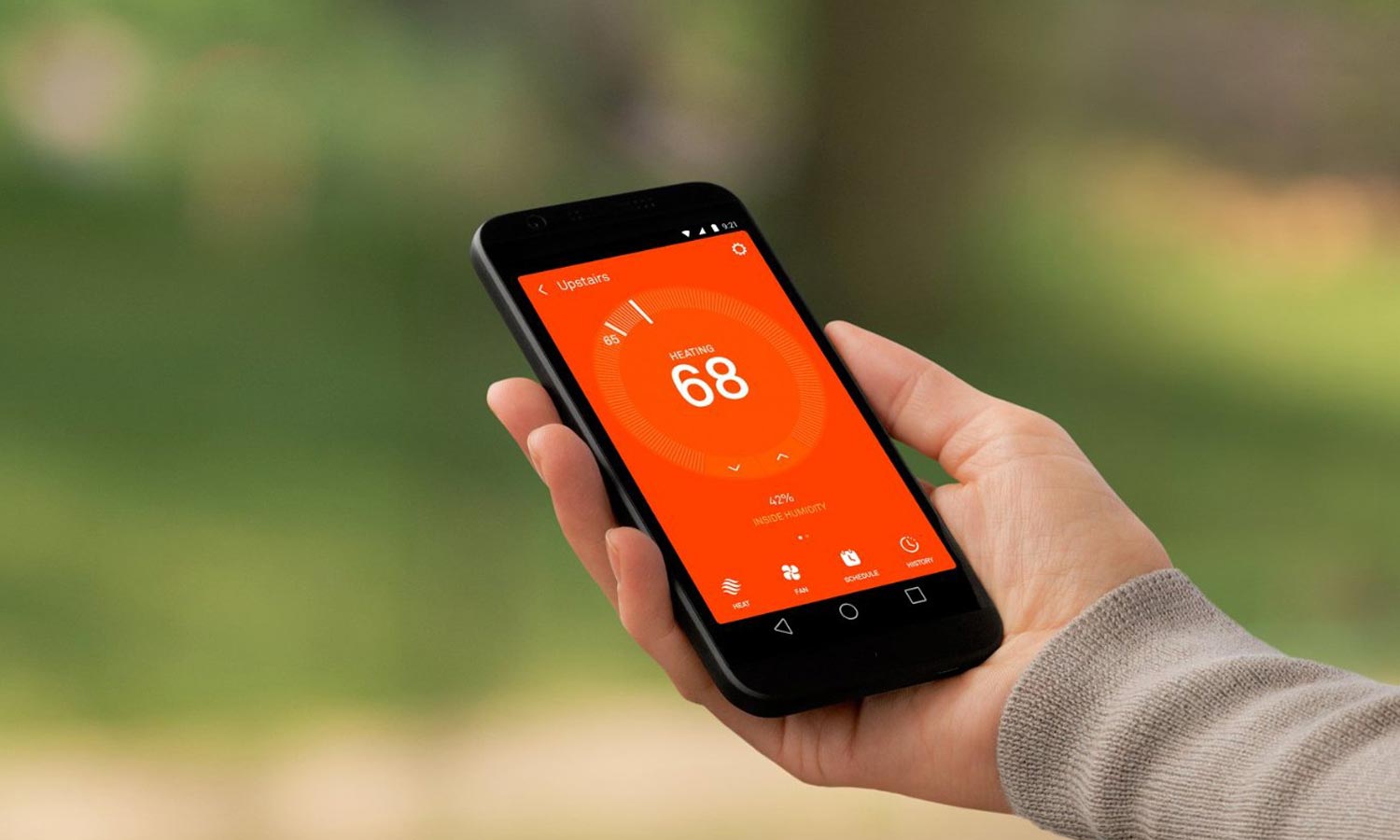
One of the key selling points of any smart thermostat is its ability to connect with other smart home products. While this Google-owned product is not compatible with Apple's HomeKit program — and I seriously doubt it will ever be — The Nest will work with Google Assistant, Alexa, as well as Nest's own Works with Nest program.
Works with Nest allows you to connect and control the Nest thermostat with a number of other smart home devices, such as Philips Hue lights, smart locks, and more. However, Google is phasing out the Works with Nest program, and encouraging users to switch their Nest accounts to a Google Assistant account. If you currently have a Nest account, we advise not to switch over, as Google Assistant lacks most of the functionality found in the Works with Nest.
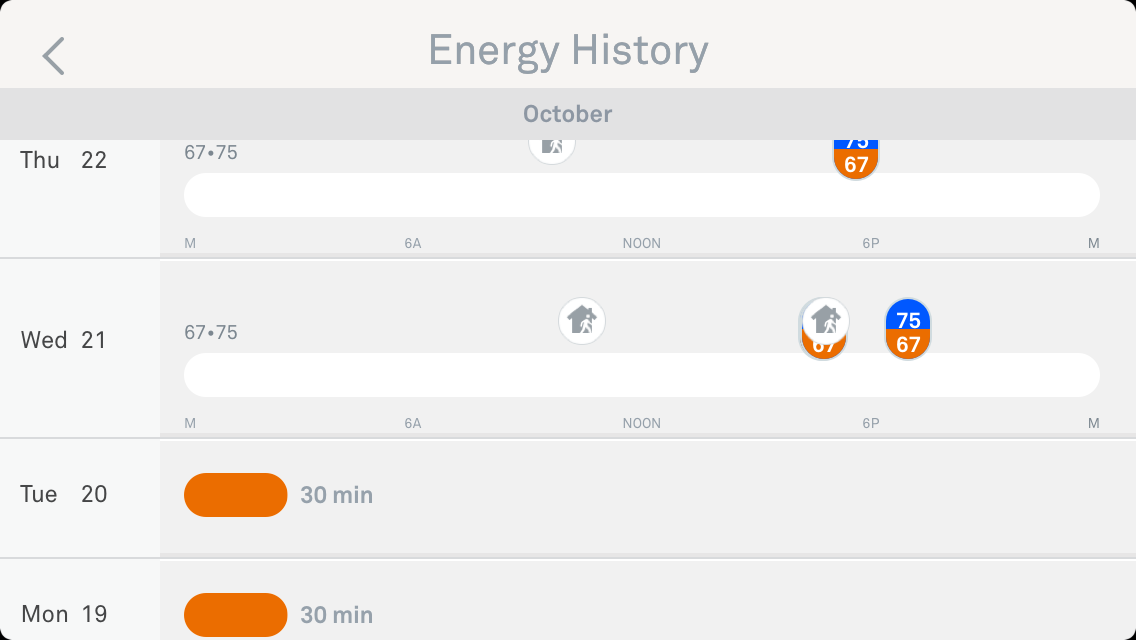
In addition, you can connect the Nest to the IFTTT platform, which will let you automatically adjust the thermostat's settings based on other triggers. Here is a list of the full range of devices that work with the Nest.
Of course, the Nest isn't well integrated with iOS. By comparison, the Ecobee3 is now HomeKit- compatible, which means that you can tell Siri to change the temperature, or control the thermostat right from the iPhone’s home screen or an Apple Watch.
MORE: The Best Things You Can Do With the Amazon Echo
Nest Learning Thermostat review: Installation and Setup
If you know how to use a screwdriver, you can probably install the Nest yourself in about half an hour, if not less. Not only does Nest provide easy-to-follow step-by-step directions, but it even includes a screwdriver — you don’t get that with other smart thermostat kits.
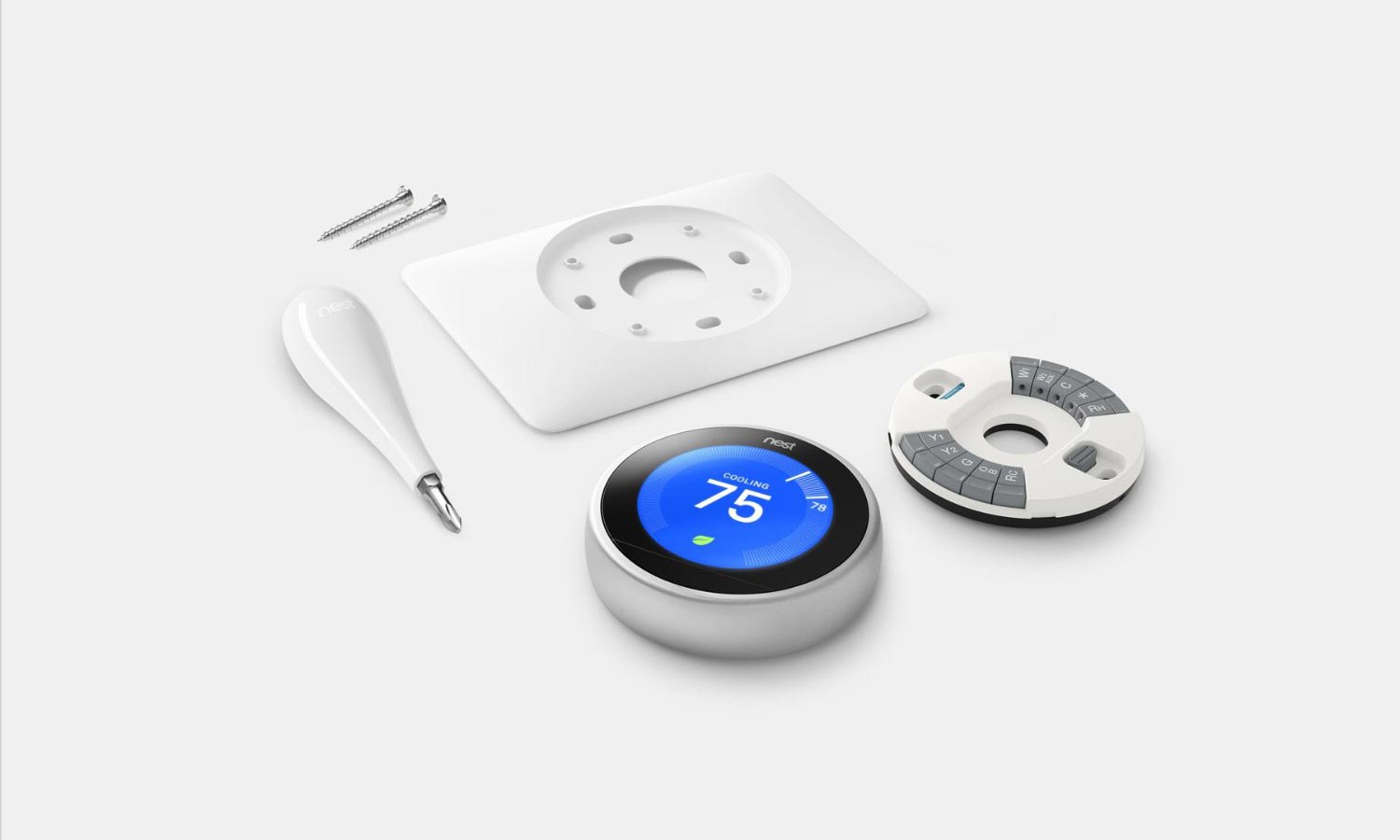
First, turn off the power to your current thermostat and remove it from your wall. Then, you screw the Nest baseplate to your wall, and attach the wires from your heating/air conditioning system to the base. Then, attach the top portion of the Nest to the baseplate and turn the power back on.
After it boots up, the Nest will then walk you through a number of on-screen menus to complete the setup process. This includes connecting it to your Wi-Fi network, setting your preferred temperatures, and creating an online account.
MORE: How to Install a Nest Learning Thermostat
Nest Learning Thermostat review: Verdict
In choosing between the best smart thermostats, the Nest is pretty evenly matched with the Ecobee SmartThermostat. Both are easy to install and use, and can connect to a wide range of other smart home devices. I think the Nest is the more attractive of the two devices, but the Ecobee has a slight edge, because its secondary sensors lets you easily monitor the temperature in other rooms, it's compatible with Apple's HomeKit, and it has Alexa built in, if you want that option.
But that doesn't make the Nest any less compelling. For one thing, it's far more attractive, and it can learn your behavior and automatically adjust the temperature to suit your needs. That's pretty smart.

Michael A. Prospero is the U.S. Editor-in-Chief for Tom’s Guide. He oversees all evergreen content and oversees the Homes, Smart Home, and Fitness/Wearables categories for the site. In his spare time, he also tests out the latest drones, electric scooters, and smart home gadgets, such as video doorbells. Before his tenure at Tom's Guide, he was the Reviews Editor for Laptop Magazine, a reporter at Fast Company, the Times of Trenton, and, many eons back, an intern at George magazine. He received his undergraduate degree from Boston College, where he worked on the campus newspaper The Heights, and then attended the Columbia University school of Journalism. When he’s not testing out the latest running watch, electric scooter, or skiing or training for a marathon, he’s probably using the latest sous vide machine, smoker, or pizza oven, to the delight — or chagrin — of his family.
